A celebrated Creative Director and Design expert, Rakan Jandali is fueled by a deep passion for discovery and building meaningful connections through his work. His designs are inspired by a rich blend of art, music, and technology.
Rakan views creativity as a dynamic force, a force that transcends personal expression to solve problems, bring abstract ideas to life, and craft spaces that profoundly resonate with people. Believing firmly in the transformative nature of design, he is dedicated to creating environments that engage the senses and leave a lasting impact, ensuring memories that linger long after the moment has passed.
"Basically, you know, I'm a creative designer and a creative person. This passion started with me since I was teenager since I was young I was always drawn into visual art, digital art and specific music, photography, these kind of things..."
His inspiration and creativity were some of the reasons he was honoured as the 2024 Interior Designer of the Year at the CID Awards MENA, an annual award that celebrates the best projects in interior design in the Middle East and North Africa (MENA).
Helena Costa: Where does your passion for architecture come from?
Rakan Jandali: My passion for interior design has been a lifelong journey, rooted deeply in my early teen days. I have always been drawn to digital and visual art, photography, cinematography, music, and sci-fi/fantasy movies. These interests not only sparked my creativity but also fueled my desire to create immersive experiences. I wanted to design spaces that could activate the senses—whether visual, touch, or hearing—and provide a unique experience for anyone who enters them.
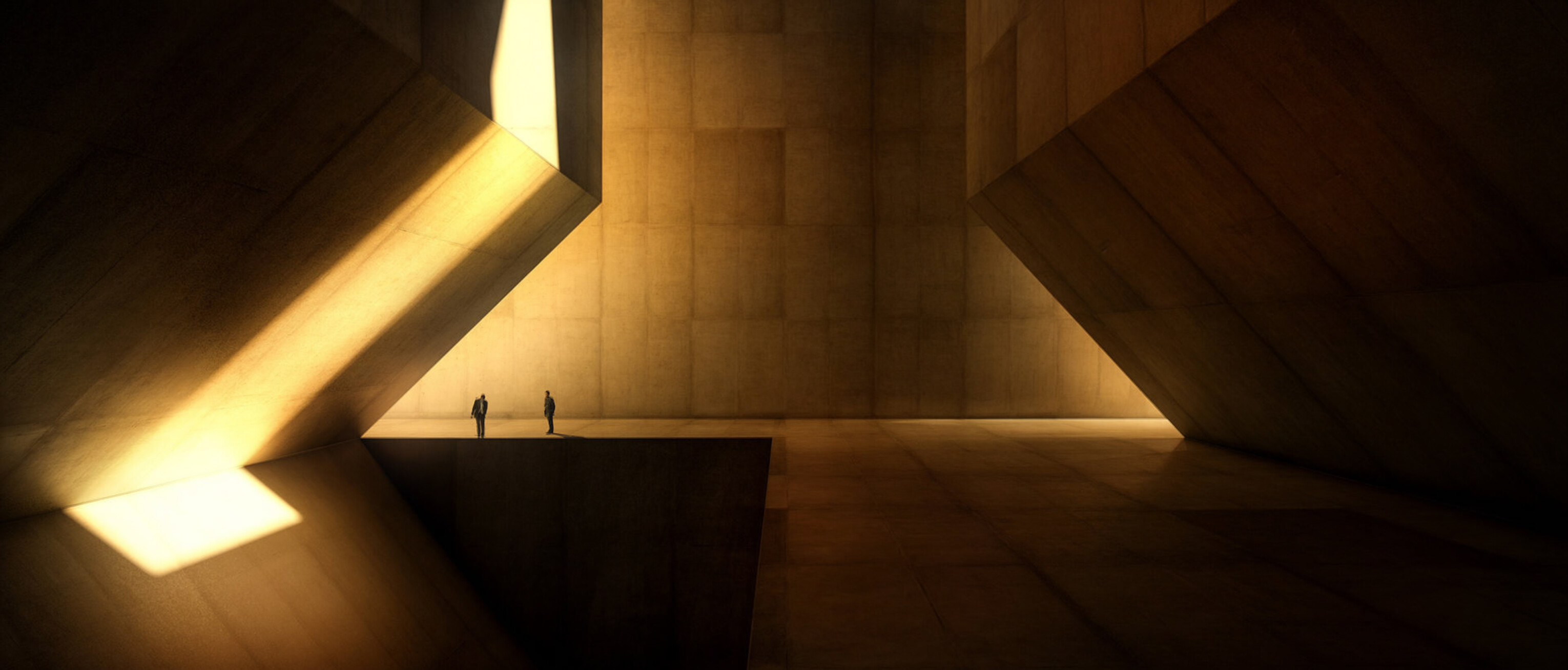
This fascination with sensory experiences and storytelling naturally led me to the field of interior design. I found immense joy in translating my love for various art forms into physical spaces that could tell a story and evoke emotions.
Additionally, my admiration for Tadao Ando's work, with his profound understanding of space, light, and materials, has significantly influenced my approach to design. His unique approach to architecture and interior spaces has been a constant source of inspiration, guiding my vision to create spaces that resonate on a deeper, more experiential level.
HC: What are some of the guiding principles behind your work?
RJ:
• Art and Technology Integration: My early interests in digital and visual art, have deeply influenced my design philosophy. I aim to seamlessly integrate these elements into my projects, using technology as a tool to enhance creativity and push the boundaries of traditional design.
• Narrative and Storytelling: I believe in crafting spaces that have a narrative, providing a unique and memorable journey for those who inhabit or visit them. Each element in the design contributes to this overarching story, making the space more engaging and meaningful.
• Attention to Detail: “The God in the details” Influenced by My Mentor Khuan Chew the founder of KCA International, I emphasize specific details in light, texture, and color to create cohesive, impactful spaces.
• Innovation and Flexibility: I try to stay aware of new trends and technologies to ensure each project is unique and forward-thinking.
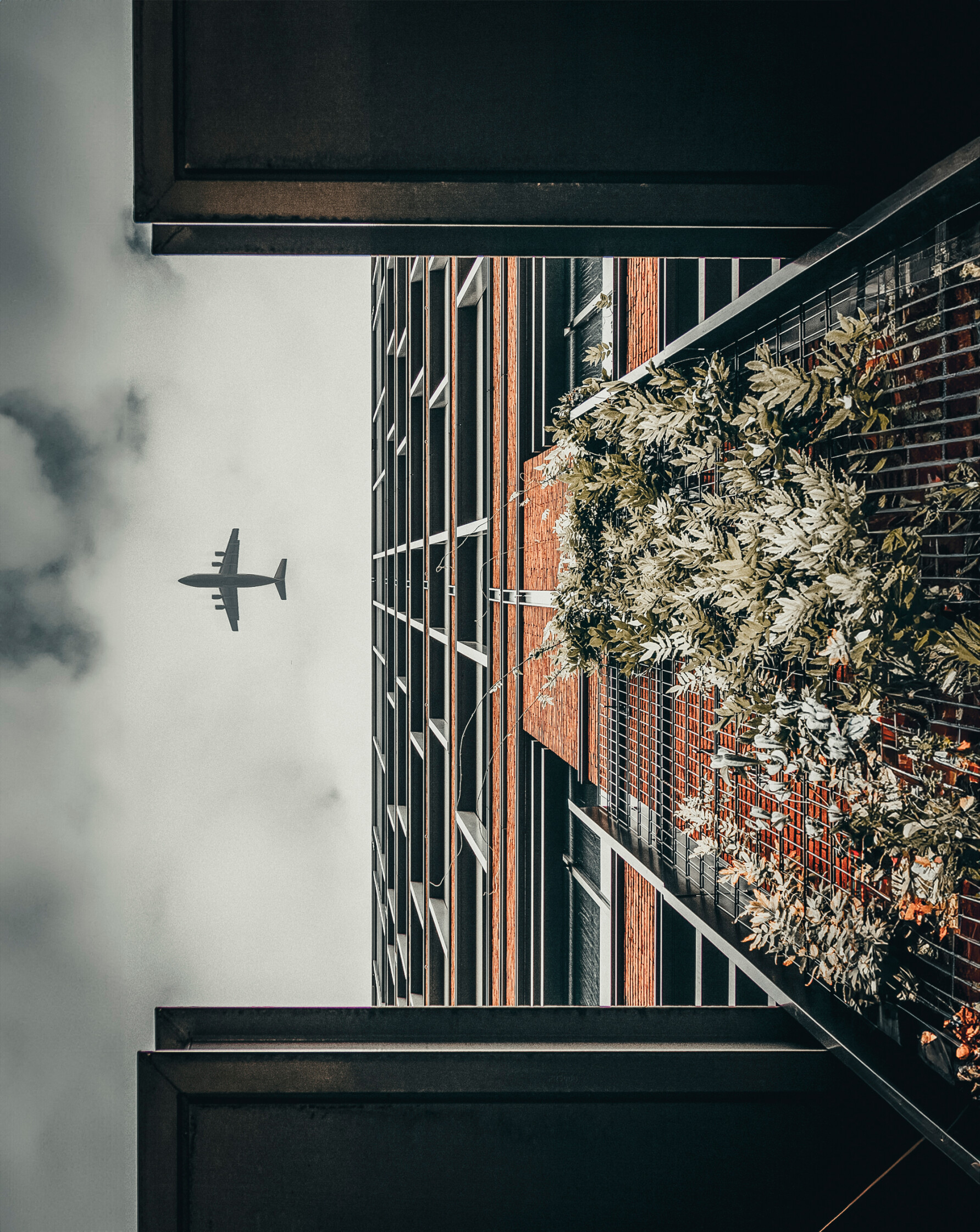
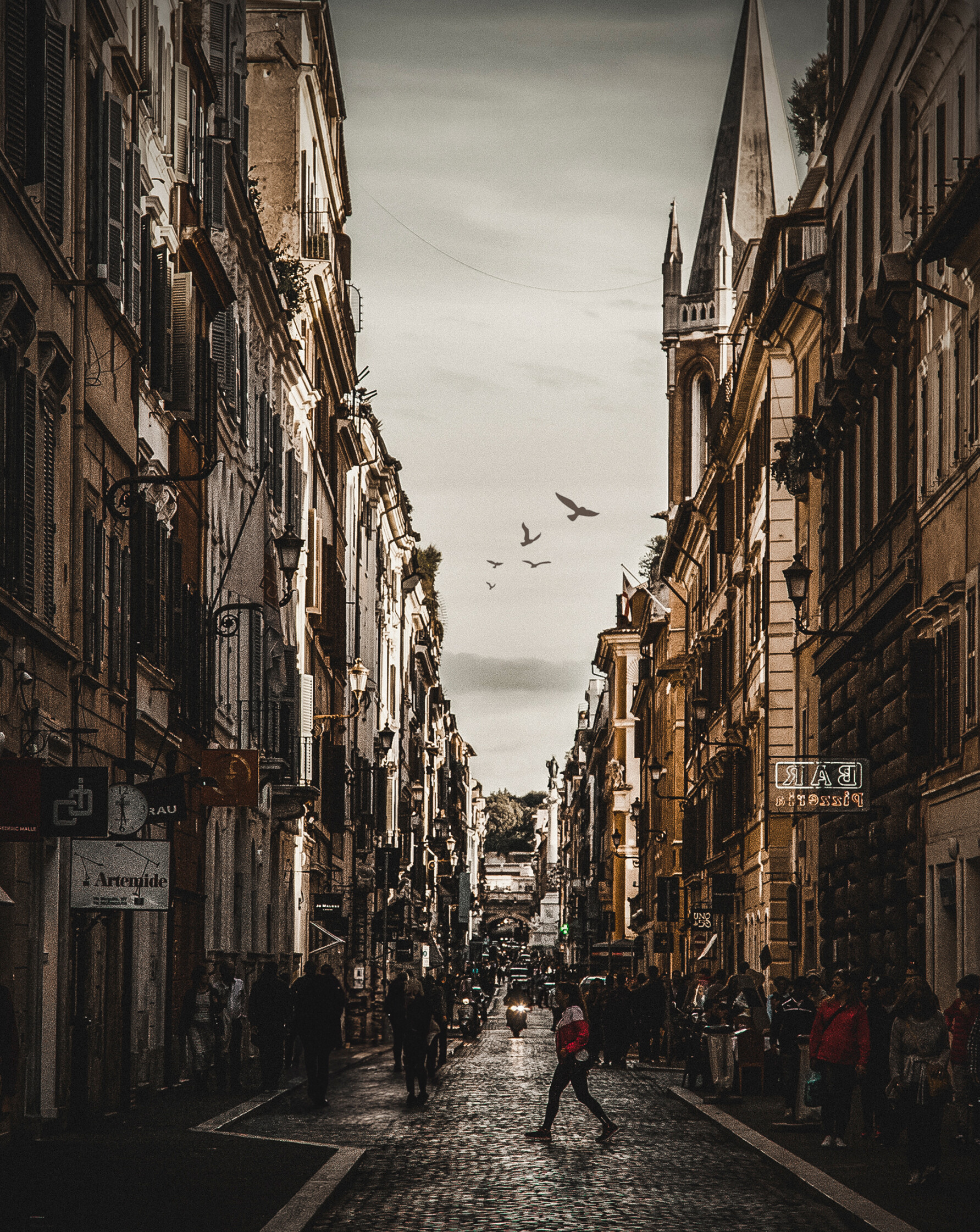
HC: What are some of the guiding principles behind your work?
RJ:
• Understanding the Client's Vision: A deep comprehension of the client's needs and desires is essential. This ensures the design aligns with their expectations and goals.
• Human Experience Focus: Designing with the end-user in mind is crucial. Spaces should engage the senses and provide a unique, memorable experience.
• Creativity and Innovation: Pushing the boundaries of traditional design by integrating new technologies and creative ideas helps in crafting distinctive and forward-thinking spaces.
• Attention to Detail: Every element, from materials to lighting, should be meticulously considered to create a cohesive and impactful design.
• Functionality and Aesthetics: Balancing beauty with practicality ensures that spaces are not only visually appealing but also highly functional and comfortable.
• Sustainability: Incorporating eco-friendly practices and materials contributes to responsible design, fostering a connection with nature and promoting environmental stewardship
HC: In what ways can architects create change and build equity in their communities?
RJ: Inclusive design is essential by ensuring spaces been accessible and welcoming to all. Architects and designers can create environments where everyone feels valued and included, engaging with the community is also vital. By involving local residents in the design process, architects can ensure their work reflects the community's needs and values.
Educational and cultural spaces, such as schools and libraries, are equally important. These institutions promote lifelong learning and cultural appreciation, enriching the community's intellectual and cultural fabric. Incorporating sustainable practices and green building technologies in all projects helps create healthier, more resilient communities.
In adition, architects can breathe new life into neglected areas by repurposing existing buildings and revitalizing communities.
This approach preserves cultural heritage while meeting contemporary needs. Through these strategies, architects can help build more equitable, vibrant, and sustainable communities.
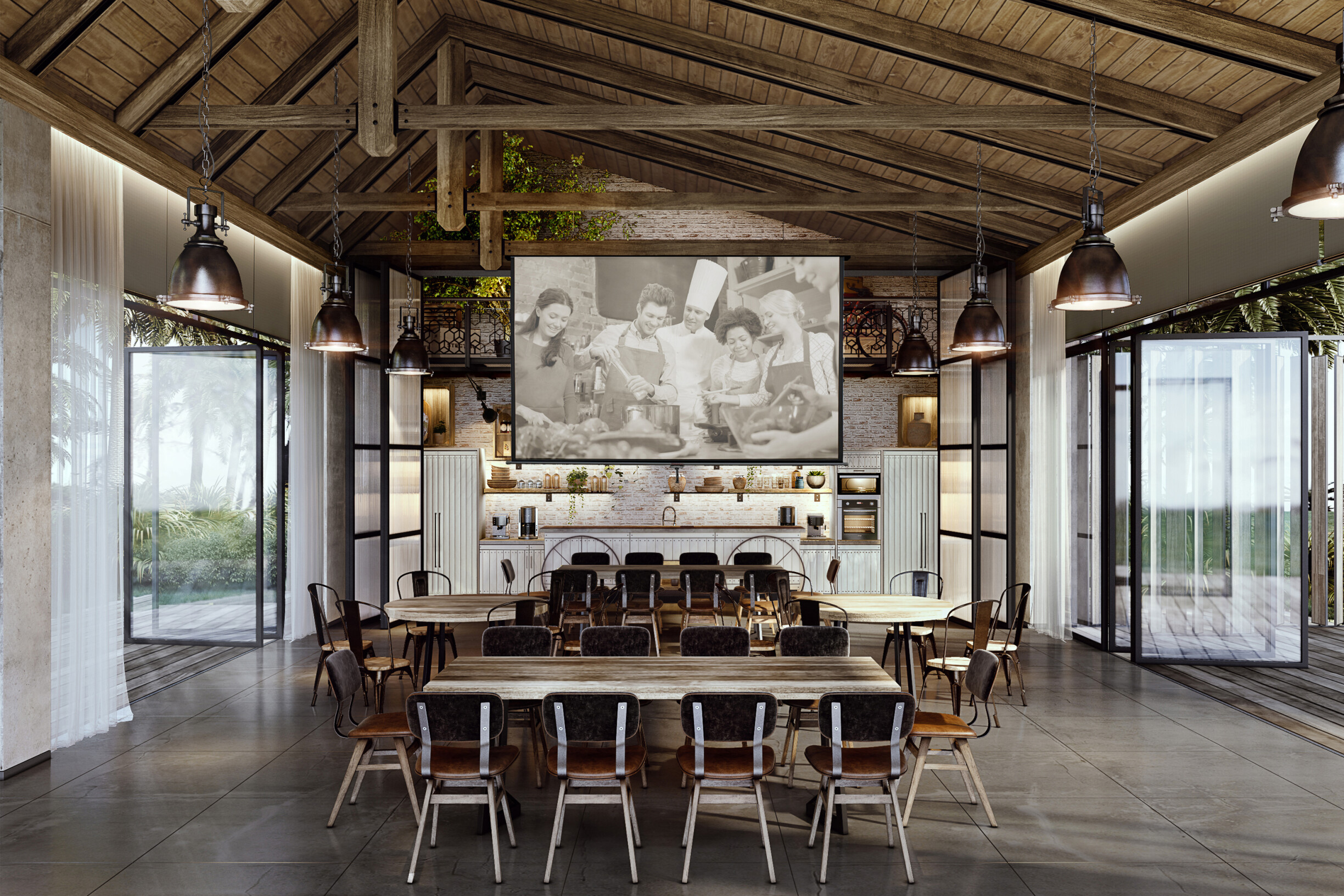
HC: Mario Botta says memory and history should be architects’ main sources of inspiration. What do you think about this?
RJ: Mario Botta’s perspective on memory and history as primary sources of inspiration for architects and designers resonates deeply with my approach to design. Memory and history provide a rich tapestry of cultural and contextual references that can infuse architecture with meaning and relevance.
This way, they help create spaces that are not only visually compelling but also deeply connected to their surroundings and the people who inhabit them.
HC: What is your dream project? Or what kind of house would you want to design for yourself?
RJ: My dream project would be a space that seamlessly blends my passions for digital and visual art, music, and sci-fi/fantasy into a cohesive, immersive environment.
I imagine a design that integrates cutting-edge technology with natural elements to create a dynamic and sensory-rich experience.
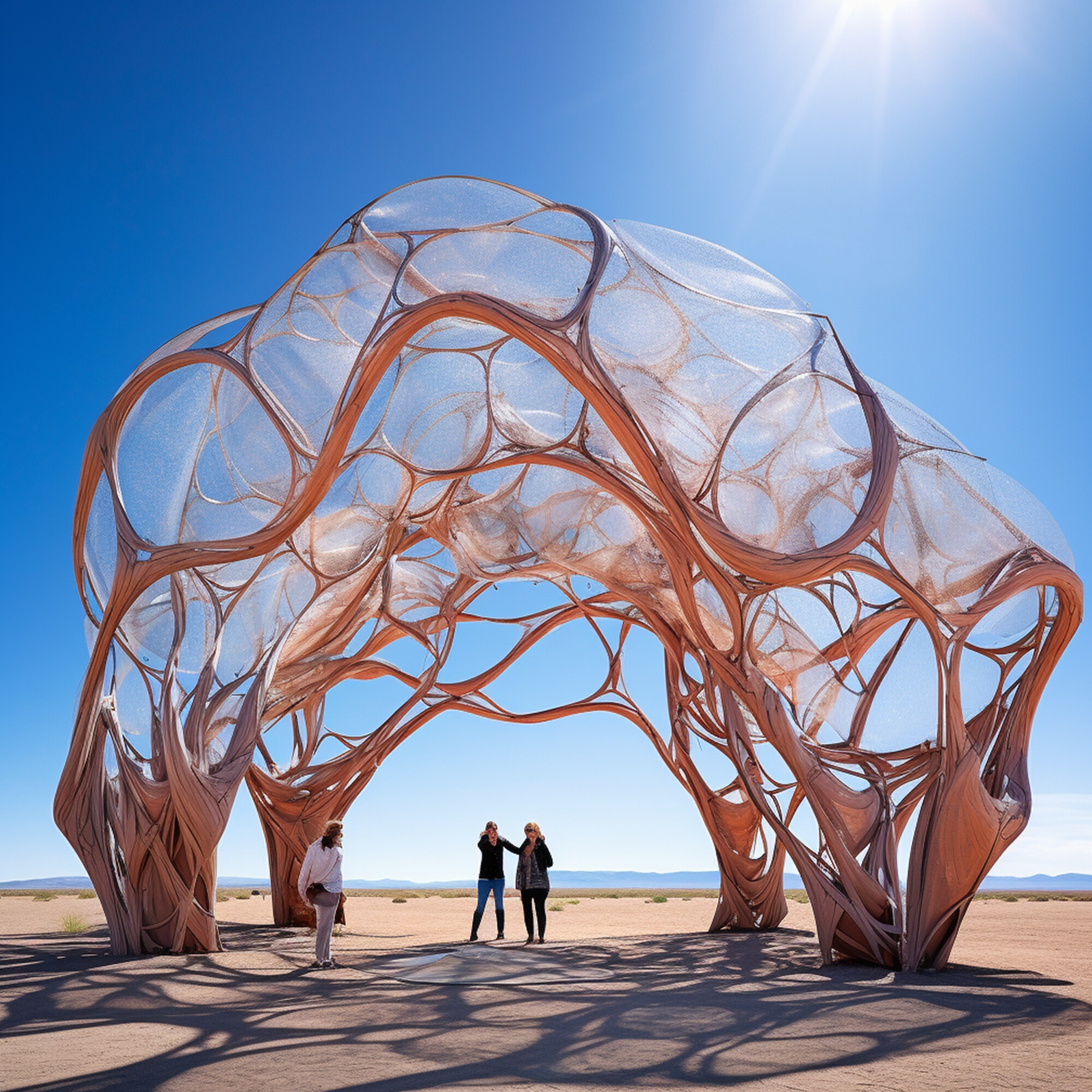
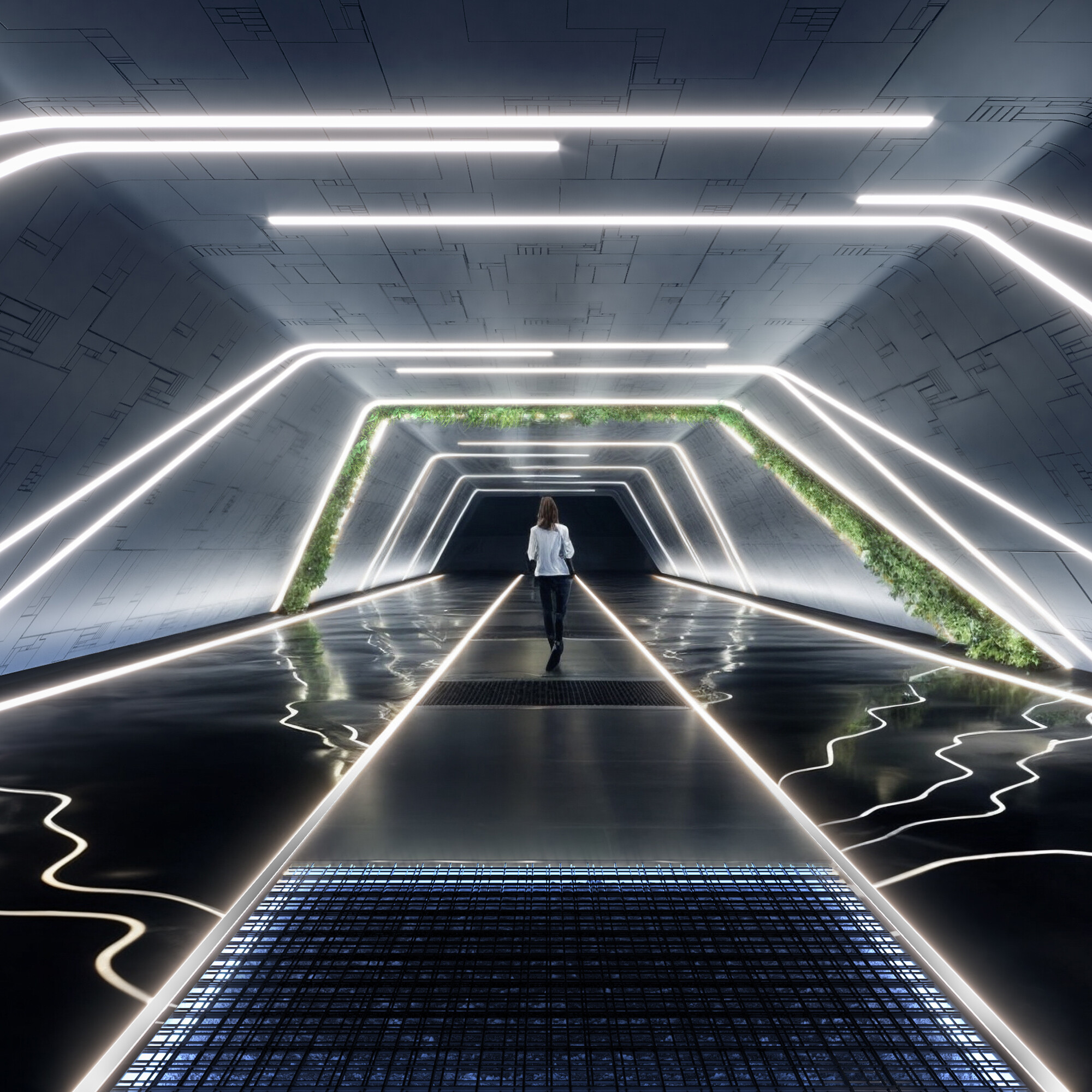
For a personal house, I would want it to be a sanctuary that reflects my love for detail and craftsmanship. The design would feature expansive, light-filled spaces that connect with nature, incorporating sustainable materials and innovative technologies. I’d include areas dedicated to my interests, such as a studio for music and art, a space for photography and filmmaking, and an immersive home theatre for sci-fi and fantasy films.
HC: With changes to climate, technology, and construction, how do you think architects and designers will adapt their ways of practicing and changing the profession?
RJ: Climate, technology, and construction methods evolve, hence why architects and designers will need to adapt by focusing on sustainability and incorporating eco-friendly practices to address climate change.
Advanced technologies such as AI, VR, AR, and 3D modeling will increasingly shape the design process, enabling more precise and innovative solutions. New construction methods like modular building and 3D printing will revolutionize how structures are created, making construction faster and more efficient.
Designers will also need to accommodate changing lifestyles by creating flexible spaces that support diverse uses, including remote work.
There will be a heightened emphasis on health and well-being, integrating natural light and improving indoor environments. Additionally, enhanced collaboration across disciplines will be crucial for developing comprehensive and impactful solutions.
These adaptations will help architects and designers meet the evolving needs of society and the environment effectively.
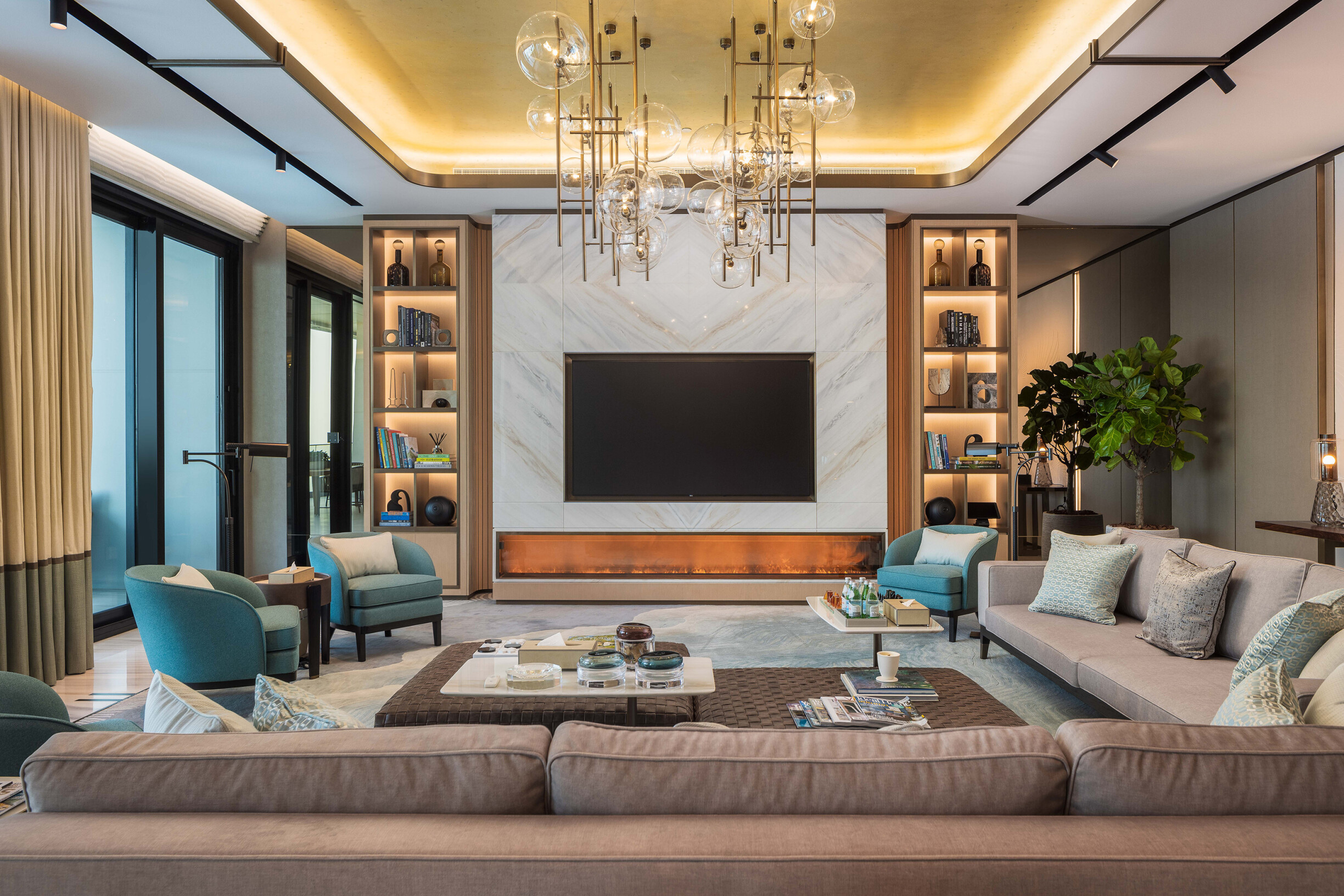
HC: As you look to the future, are there any ideas you think should be important in the minds of young architects, designers, or interior designers?
RJ: As young architects and designers look to the future, they should prioritize sustainability by considering the environmental impact of their choices and creating eco-friendly, energy-efficient spaces.
Embracing technology, such as AI and VR, is crucial for enhancing creativity and improving design processes. Adaptability is the key, as staying current with trends and materials ensures designs remain relevant and innovative. A human-centered approach, focusing on inclusivity and well-being, is essential for creating spaces that truly meet users' needs.
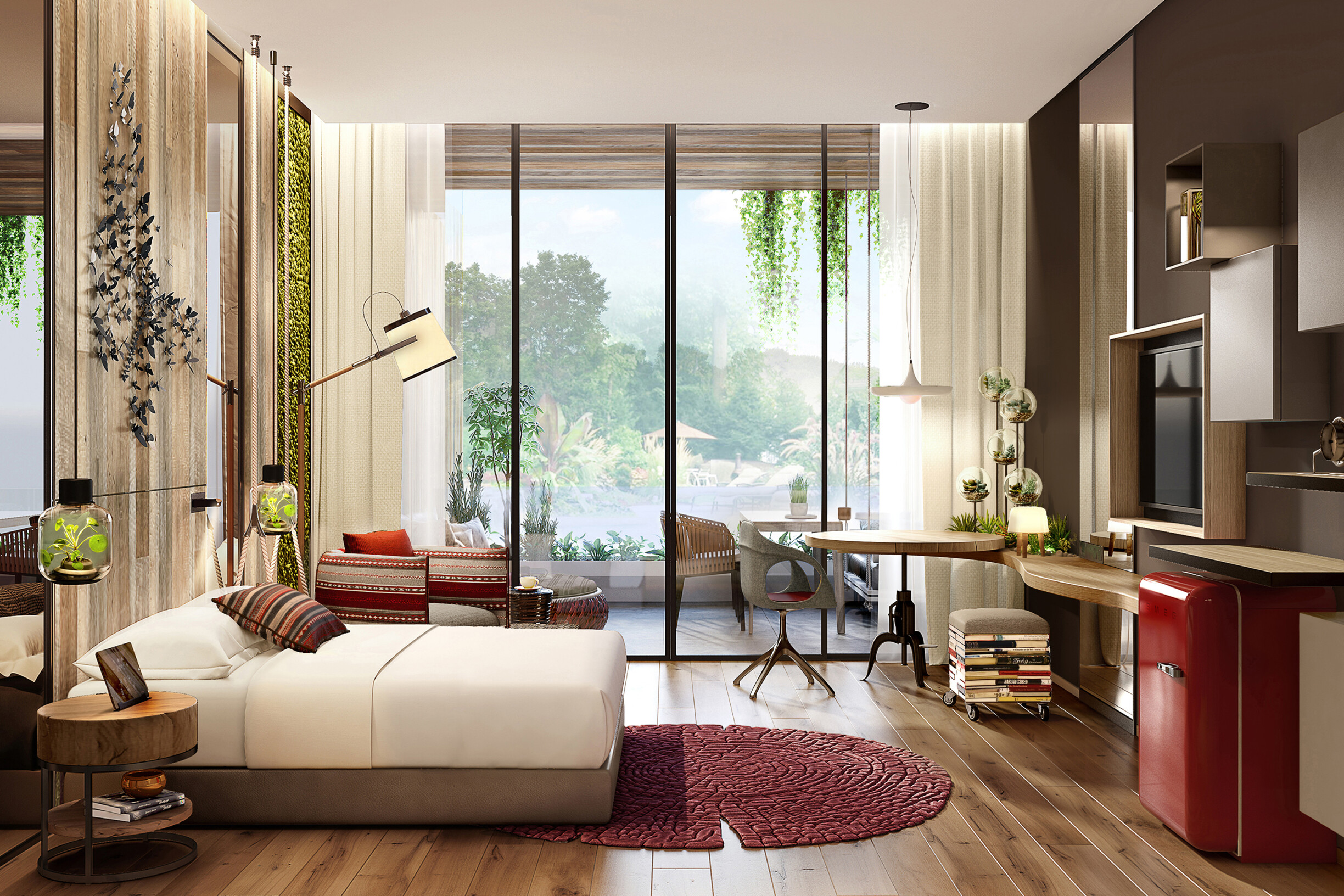
Additionally, fostering collaboration with other professionals will lead to more holistic and effective solutions. Keeping these ideas in mind will help shape a future that is both forward-thinking and impactful.